Fall is one of the most beautiful times of the year, and it’s also a golden opportunity for gardeners. The crisp air, cooler temperatures, and colorful foliage create the perfect atmosphere for refreshing and preparing your garden. Many people assume gardening slows down after summer, but in reality, fall is one of the most productive seasons to invest time in your outdoor space.
If you’re looking for simple yet rewarding tasks, you don’t need to spend weeks planning. In fact, with just a weekend, you can accomplish meaningful projects that will enhance your yard’s beauty now and prepare it for next year. This article highlights five easy fall garden projects you can do this weekend—all manageable, practical, and enjoyable.
Why Fall Gardening Projects Matter
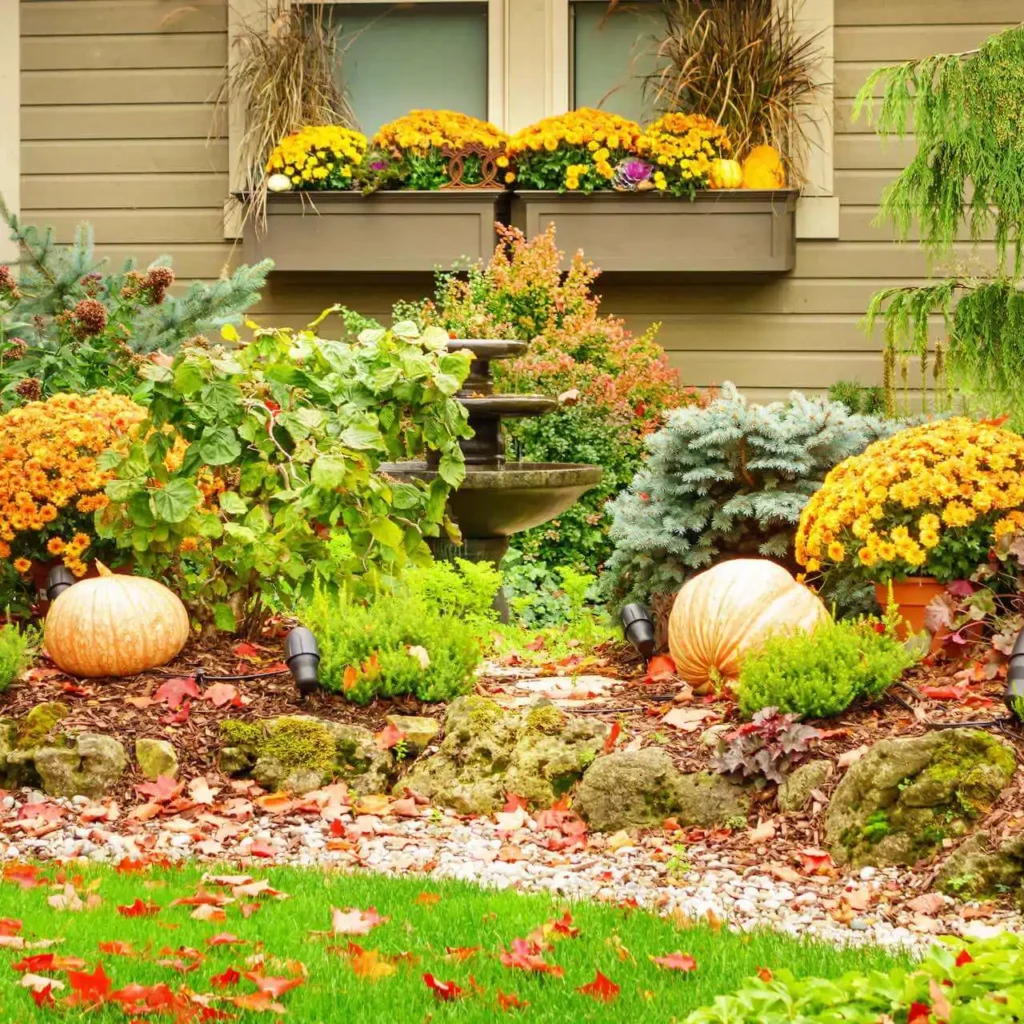
Before diving into the projects, let’s understand why fall is such an ideal time:
- Cooler weather is easier on both plants and gardeners. You can work longer without the stress of summer heat.
- Fall projects set the stage for spring. Bulbs planted now bloom in spring, and soil prepared now yields healthier crops later.
- Autumn décor opportunities abound. From colorful mums to pumpkins, fall is perfect for adding seasonal charm to your garden.
- Pests and weeds are reduced. Cooler weather slows them down, making gardening tasks easier.
Now let’s get into the projects you can start this weekend.
1. Plant Spring-Flowering Bulbs
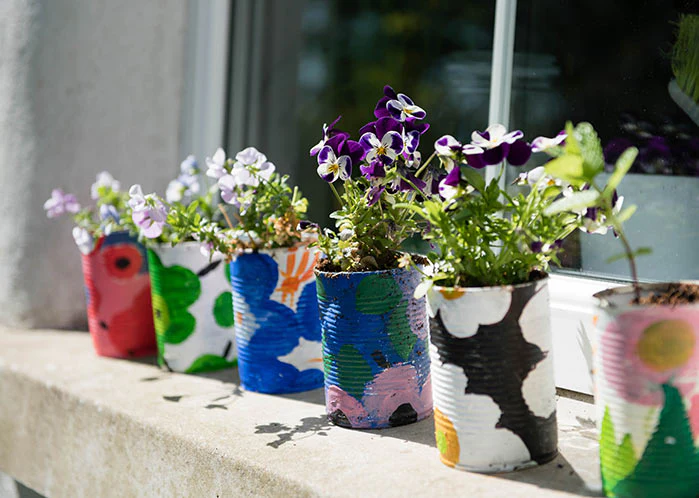
Few things are more rewarding than seeing tulips, daffodils, or crocuses burst into bloom after a long winter. But those early-spring flowers only happen if you plant bulbs in the fall.
Why It’s Perfect for Fall
Bulbs require a period of cold dormancy to develop properly. By planting them in fall, you give them the chilling time they need to bloom beautifully in spring.
How to Do It This Weekend
- Choose bulbs wisely: Select classic daffodils, tulips, hyacinths, or early bloomers like crocuses. For variety, mix early, mid, and late bloomers.
- Prepare the soil: Loosen soil and add compost for better drainage. Bulbs dislike waterlogged conditions.
- Plant correctly: Place bulbs two to three times as deep as their height, with the pointed side up. Space them generously.
- Finish with mulch: Cover with a light layer of mulch to protect bulbs from temperature swings.
Extra Tip
Plant bulbs in clusters or drifts rather than straight rows. This creates a more natural, eye-catching spring display.
2. Refresh Garden Beds with Fall Flowers
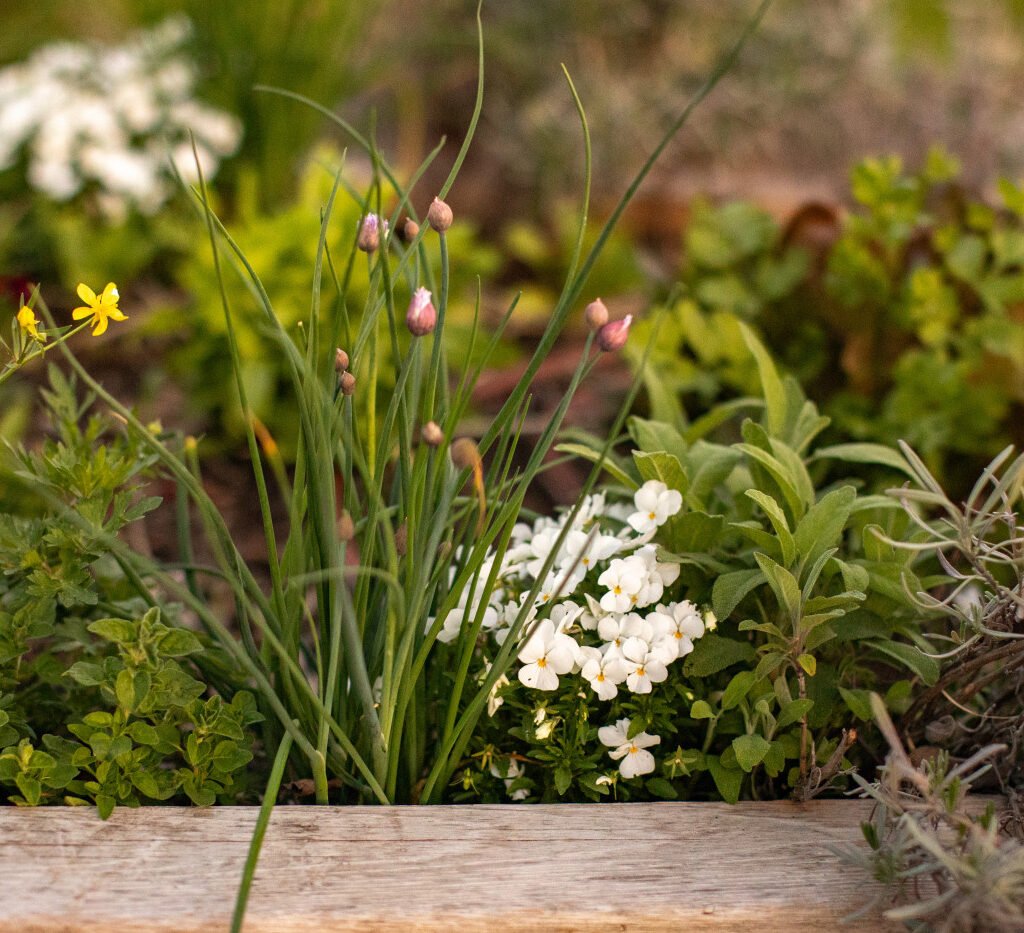
Summer annuals may be fading, but fall flowers thrive in cooler weather and bring rich seasonal color. Adding them now ensures your garden continues to look lively even as leaves fall.
Top Choices for Fall Flowers
- Chrysanthemums (Mums): Available in gold, orange, red, and purple—the epitome of fall color.
- Pansies and Violas: Hardy blooms that survive light frosts.
- Asters: Daisy-like flowers that attract pollinators in late fall.
- Ornamental kale and cabbage: Bold foliage that intensifies in color as the weather cools.
How to Do It This Weekend
- Remove tired summer plants.
- Add fresh compost or fertilizer to rejuvenate beds.
- Plant fall flowers in groups for maximum impact.
- Consider mixing flowers with pumpkins or gourds for a festive touch.
This project instantly brightens your yard and makes it feel welcoming through October and beyond.
3. Start a Compost Pile or Bin
Fall produces a natural abundance of composting materials—fallen leaves, garden clippings, and spent plants. Instead of bagging them for disposal, turn them into nutrient-rich compost that will benefit your garden next year.
Why Compost in Fall?
- You have an abundance of organic material on hand.
- Cooler weather reduces unpleasant odors.
- Compost started in fall breaks down over winter, ready for spring use.
How to Do It This Weekend
- Choose a spot: Select a corner of your yard for a compost pile, or purchase a compost bin.
- Layer materials: Alternate “greens” (grass clippings, vegetable scraps) with “browns” (leaves, straw, shredded paper).
- Keep it balanced: Aim for a ratio of about 2 parts browns to 1 part greens.
- Maintain moisture: Compost should be damp like a wrung-out sponge.
- Turn occasionally: Mixing helps speed up decomposition.
By next season, you’ll have rich, crumbly compost to nourish your plants naturally.
4. Prepare Raised Beds and Soil for Spring
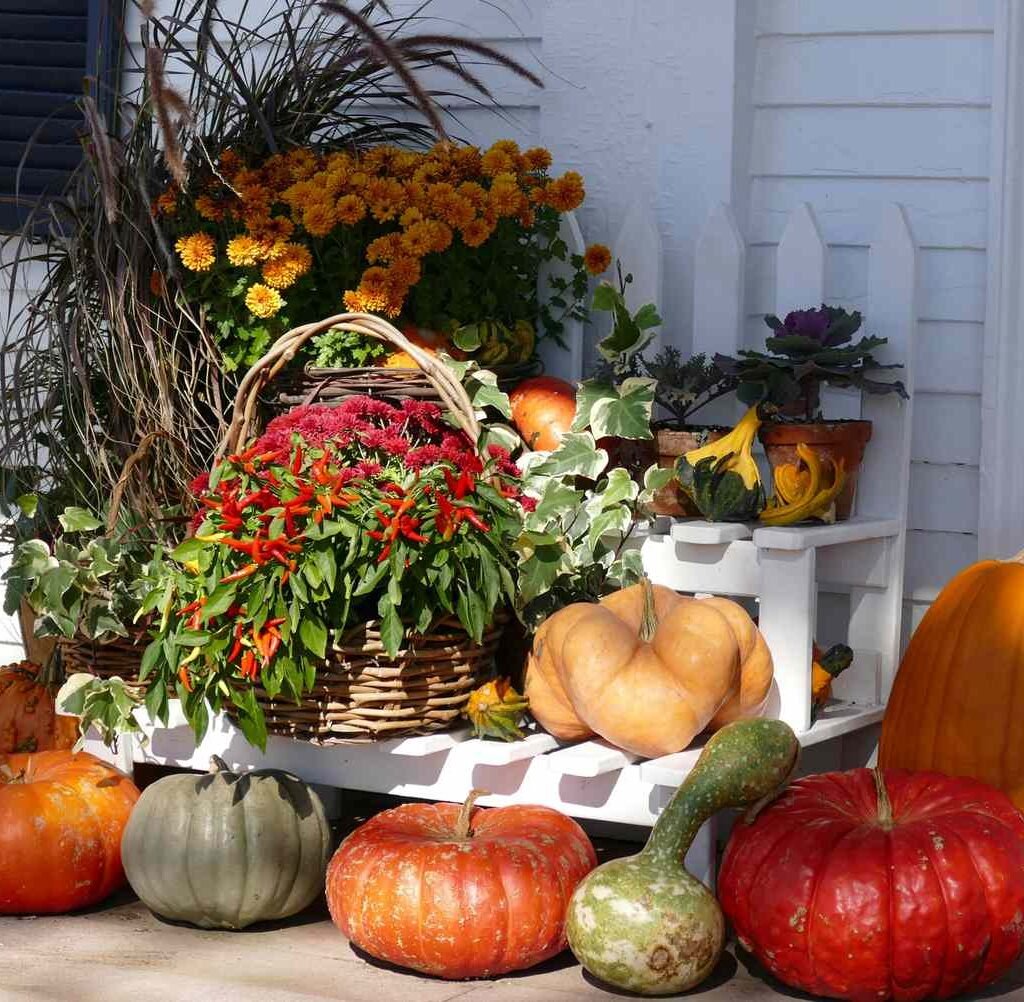
Even if you’re finished harvesting summer crops, fall is the time to invest in your soil. Preparing raised beds now means you’ll be steps ahead when spring arrives.
Why Soil Prep Matters
Healthy soil is the foundation of a successful garden. Fall preparation gives nutrients time to settle, prevents erosion, and saves effort later.
How to Do It This Weekend
- Clear out old crops: Remove dead plants and weeds. Compost healthy material; dispose of diseased matter.
- Amend the soil: Add compost, aged manure, or organic fertilizer. Work it into the top few inches.
- Plant cover crops: Sow rye, clover, or vetch to protect soil over winter and add nutrients when tilled in spring.
- Mulch beds: Apply straw, shredded leaves, or bark mulch to prevent weed growth and soil erosion.
This project requires just a few hours but pays huge dividends when planting season returns.
5. Add Fall Garden Décor and Seasonal Touches
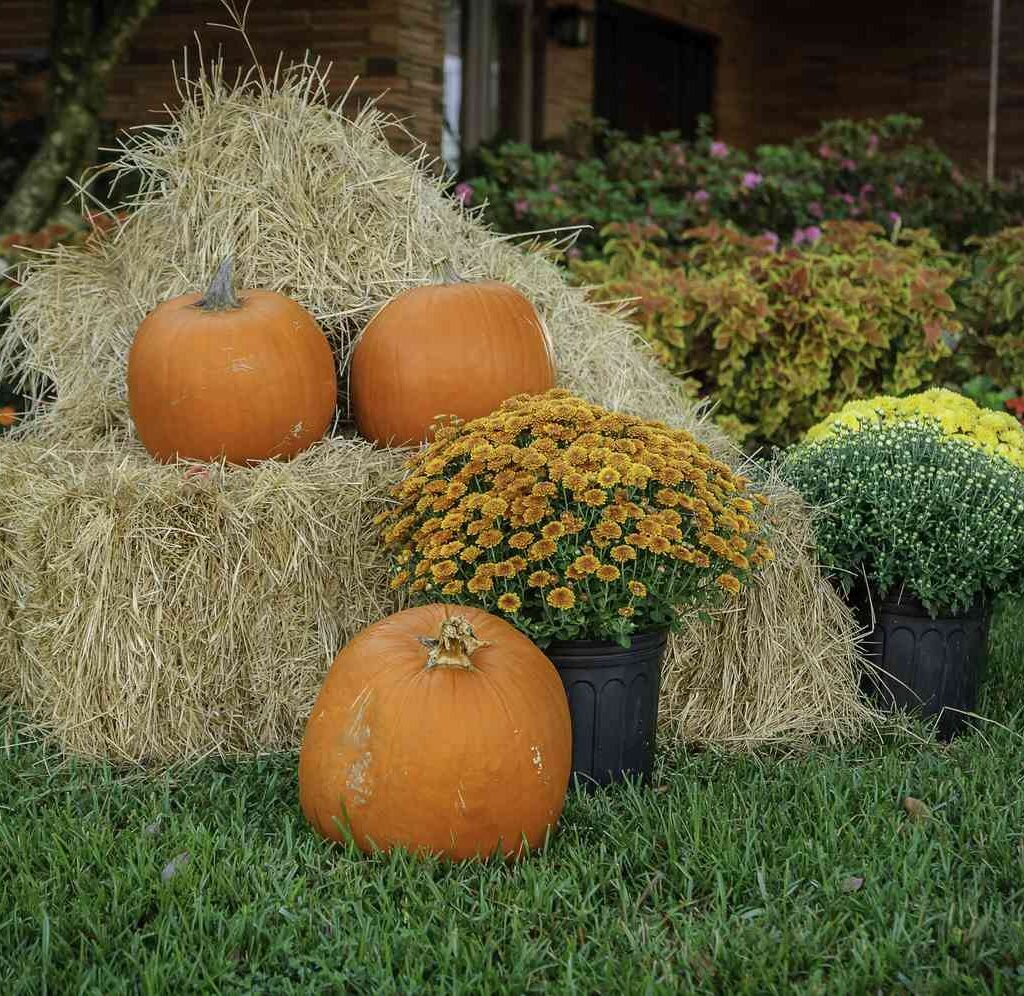
Gardens aren’t only about food and flowers—they’re also about creating beauty and atmosphere. Fall offers the perfect chance to add festive and cozy décor.
Ideas for Seasonal Charm
- Pumpkins and gourds: Arrange them along walkways, steps, or beds.
- Ornamental grasses: Plant tall grasses that sway gracefully in the breeze.
- Lanterns and lights: Use solar lanterns or string lights to illuminate your garden as nights grow longer.
- Hay bales and scarecrows: Add rustic, playful elements to highlight the season.
How to Do It This Weekend
Walk through your garden with an eye for focal points. Arrange seasonal elements where they’ll be most visible—near entrances, patios, or garden paths. This small effort creates a big impact, transforming your yard into a cozy autumn retreat.
Bonus Project: Plant Garlic for Next Year
If you have extra time, plant garlic cloves this weekend. Garlic thrives when planted in fall, overwinters in the soil, and is ready for harvest the following summer. Simply separate cloves, plant them pointy side up, mulch heavily, and let nature do the rest.
Final Thoughts
Fall doesn’t mean the end of gardening—it means a new chapter full of opportunity. By tackling just a few projects this weekend—planting bulbs, refreshing flower beds, starting compost, preparing raised beds, and adding seasonal décor—you’ll keep your garden vibrant now and set it up for success in the months to come.
The best part? These projects are simple, don’t require a huge investment, and can all be completed in a single weekend. Whether you’re focused on beauty, productivity, or long-term health, your garden will thank you for the care you give it this fall.
So grab your gloves, rake, and a hot cup of cider—this weekend is the perfect time to make your fall garden shine.

Leave A Comment